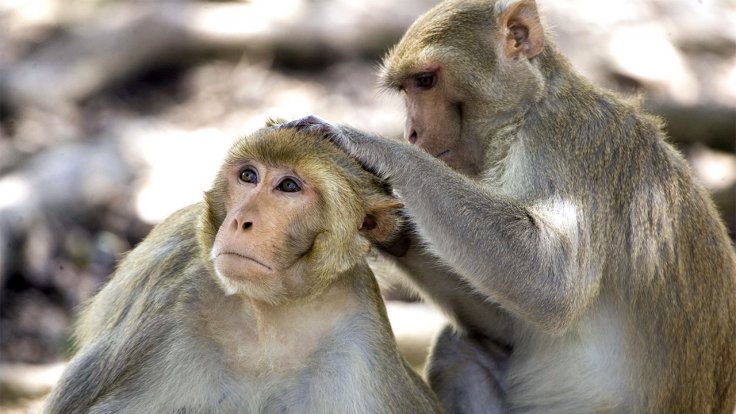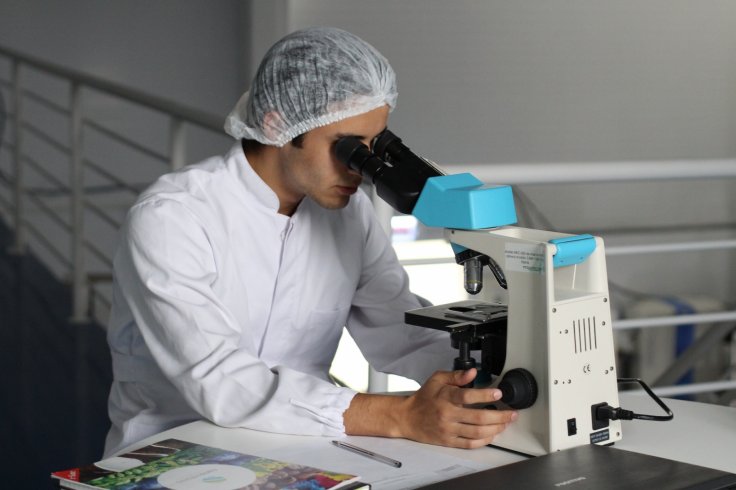With the world already caught up with the COVID-19 pandemic and monkeypox, a virus known to cause the deadly Ebola-like symptoms is set for spillover to humans. A new study states that while such arteriviruses are already seen as a critical threat to macaque monkeys, but "no human infections have been reported to date". It is uncertain what impact the virus would have on people if it indeed jumps species.

However, researchers are calling for vigilance. They believe the global health community could potentially avoid another pandemic by watching for arteviruses in both animals and humans. Sara Sawyer, a professor of molecular, cellular and development biology at CU Boulder, said the animal virus has figured out how to gain access to human cells, multiply itself and escape some of the important immune mechanisms expected to protect humans from an animal virus. "That's pretty rare, we should be paying attention to it."
Unique Viruses Circulating Among Animals
Researchers believe there are thousands of unique viruses circulating among animals around the world and majority cause no symptoms. Recent decades have seen viruses jump to humans, wreaking havoc on naive immune systems with no experience fighting them off. This includes the severe acute respiratory syndrome coronavirus (SARS-CoV) in 2003; Middle Eastern respiratory syndrome (MERS) in 2012; and the SARS-CoV-2 (the virus that causes COVID-19) in 2020.
Sawyer with fellow researcher Cody Warren, for the latest study focused on arteviruses which are common among pigs and horses but understudied among non-human primates. They looked at simian hemorrhagic fever virus (SHFV) which causes a lethal disease similar to Ebola virus disease. It has caused deadly outbreaks in captive macaque colonies worldwide since the 1960s.
SHFV Can Potentially Infect Humans
Researchers found that the SHFV was remarkably adept at latching on to the human version of CD163, getting inside human cells and making copies of itself. They were able to establish this by using a molecule (receptor) called CD163 which plays a key role in the makeup of simian arteriviruses. It enables the virus to invade and cause infection of target cells.

Sawyer and Warren highlighted that like human immunodeficiency virus (HIV) and its precursor simian immunodeficiency virus (SIV), simian arteriviruses appear to attack immune cells, disabling key defence mechanisms and taking hold in the body long-term. Warren said the similarities are profound between this virus and the simian viruses that gave rise to the HIV pandemic.
Further Study of Simian Arteriviruses Needed
The study's authors urged the global health community to prioritize study of simian arteriviruses, develop blood antibody tests for them and consider surveillance of human populations with close contact to animal carriers. They said a broad range of African monkeys already carries high viral loads of diverse arteriviruses, often without symptoms, and some species interact frequently with humans are known to bite and scratch people. Warren highlighted that just because researchers haven't diagnosed a human arterivirus infection yet, doesn't mean that no human has been exposed. "We haven't been looking," he said.

Researchers are confident that HIV originated from SIVs infecting non-human primates in Africa, which likely jumped to humans sometime in the early 1990s. This may have happened when a person ate an infected chimpanzee or cut a finger while butchering one. No serology test existed, and no treatment was available when the virus began killing young men in the United States in the 1980s.
Data shows that more than 40 million people to date across the world have succumbed to HIV/AIDS, and about 2,000 people continue to die globally of the disease every day. Warren said the health community would have been more effective at combating the HIV pandemic sooner if they had known about the biology of SIVs and the risks they posed.









